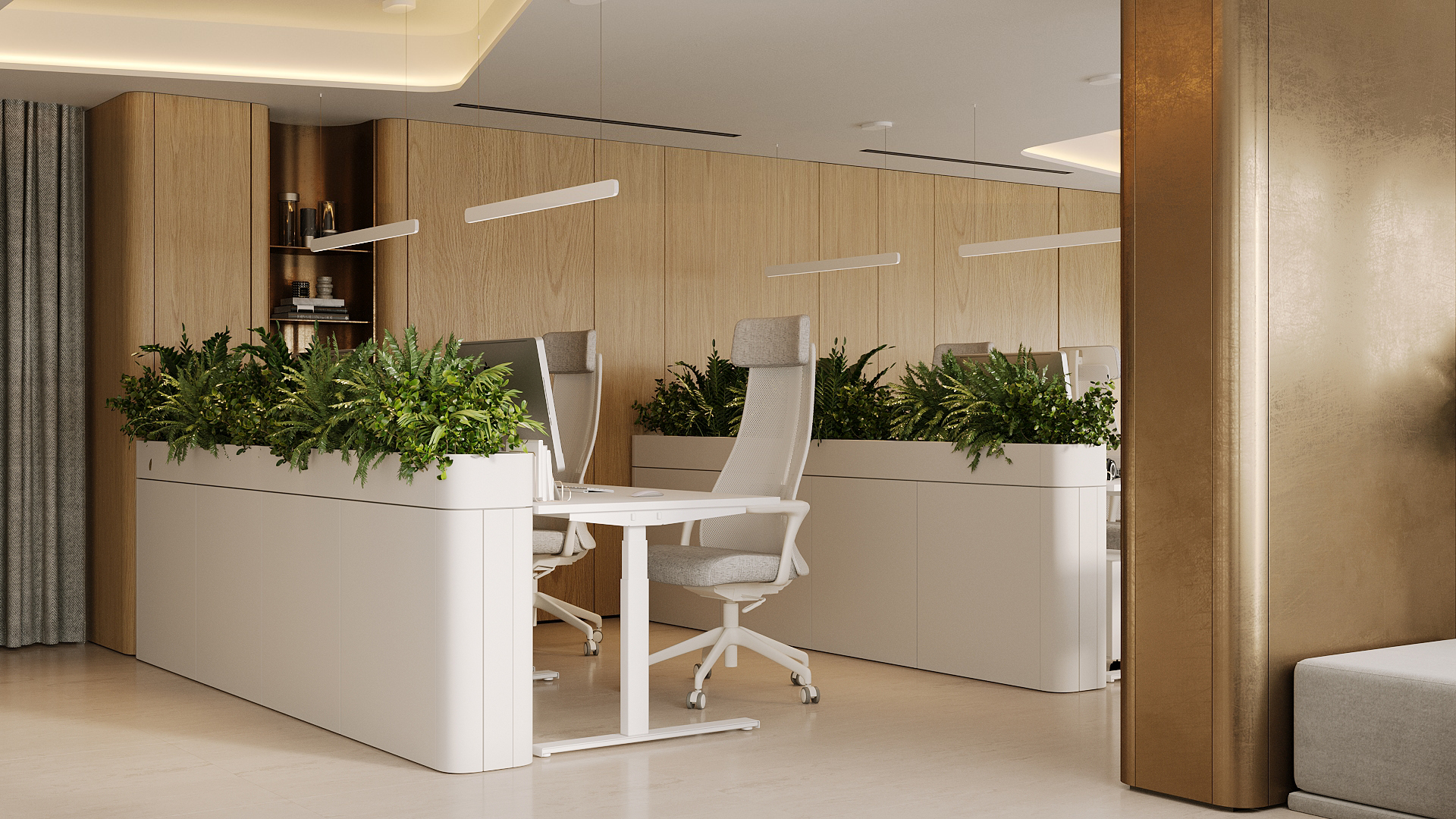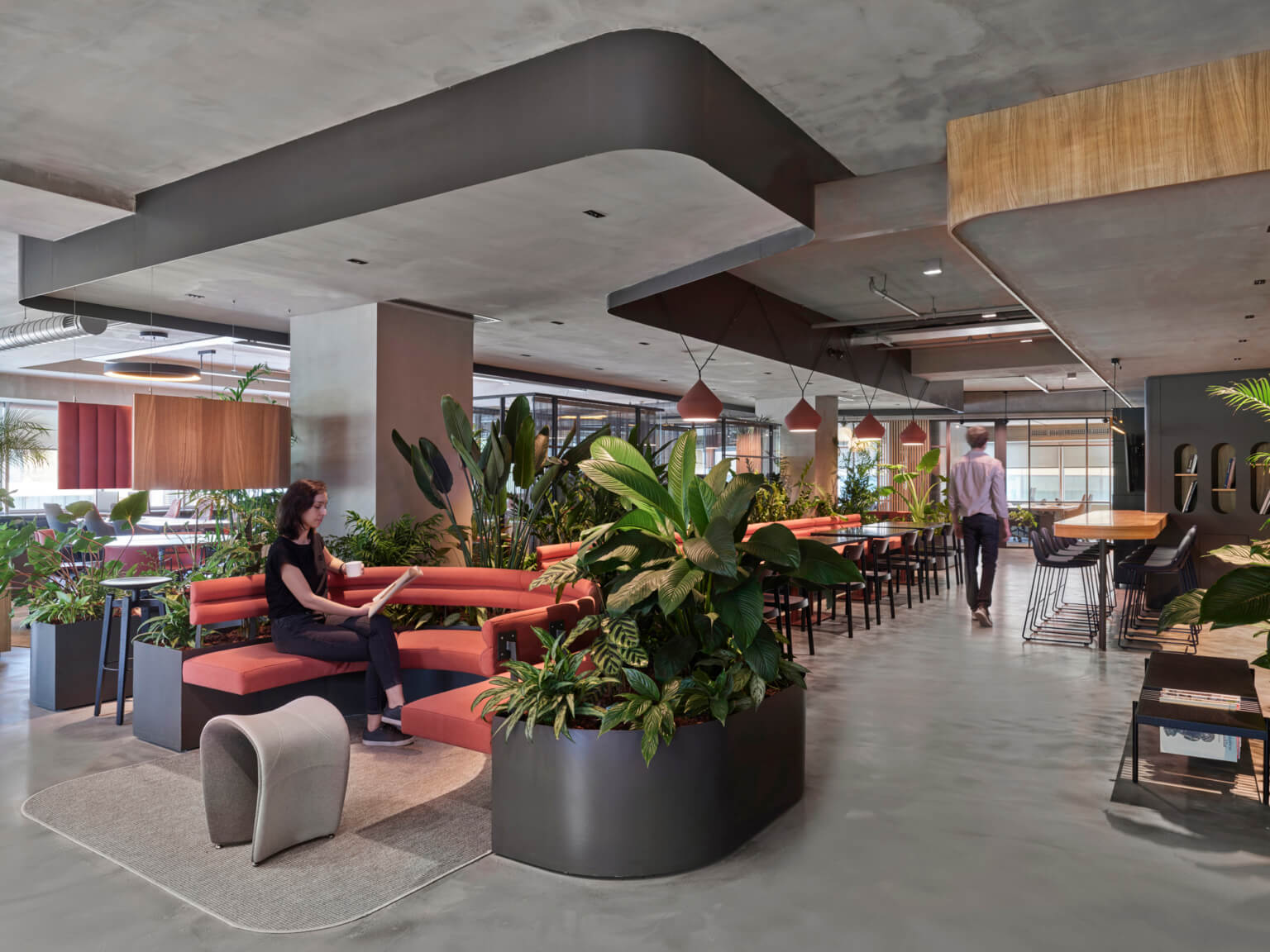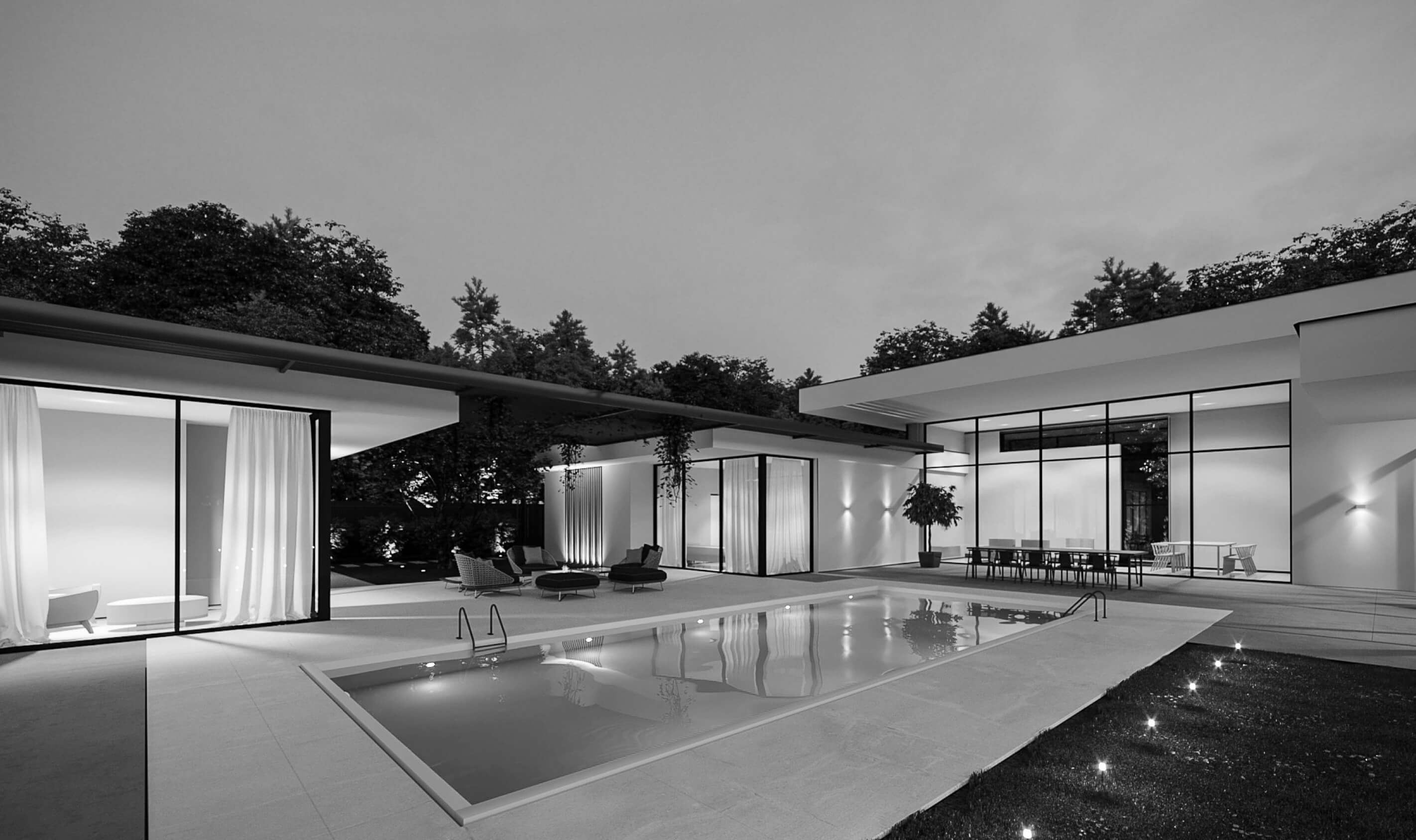We spend about a third of our time at work, which can get boring from time to time, especially if we work in a boring office. An interesting and stimulating environment can encourage employees to work more efficiently and generate more creative ideas.

How to design your office for productivity and efficiency
Physical jobs have a powerful influence on many factors, such as health, morale, creativity, collaboration, productivity, and purpose. Let’s focus on the last two:
Performance. Poorly designed workspaces can have a huge impact on work: 46% of those surveyed indicated that their existing workspace had a major impact on their productivity. Increase the productivity of your team by improving their work environment. Goal is an extremely powerful motivator, and you can contribute to that goal through workspace design. Show employees that they are cared for, their work is valued, and that they have a positive impact on the lives of others.
Think of it this way: the less time you spend thinking about your work environment, the more time you spend working and feeling fulfilled. Great office design reduces mental stress and promotes focus.
Before designing any space, think about what you are trying to achieve. Ask your employees what problems they face in the office? How can the space meet their needs and how will it change with the team?
And before you go too far, understand that sometimes what people want is not necessarily what they need. You may not be able to satisfy all wishes, but your team needs to feel involved and heard.

When planning your office design, have a reasonable idea of what you should spend and what you shouldn’t. You will need to work with your team to determine the sweet spot.
Depending on your budget, you may need to prioritize over a period of time, starting with the essentials and gradually adding the rest.
You will also want to understand how long the furniture will serve you. For example, do you need this chair for 2 or 20 years? If you have an idea of what the future of your company will be, consider this when designing your office.
Someone needs a quiet place, someone needs areas to work together. Your task is to create a balanced workplace. Consider providing rooms with whiteboards and natural light for dynamic meetings, and nooks and crannies for those who need to hide. Compare options for open workstations to personal workstations.
You will want to define your soft / warm rooms and your hard / cold rooms. What do we mean? Sometimes you want people to be comfortable and sometimes you want to bring in some level of friction. For example, you may not want people to run into a comfortable meeting room or phone meeting and then linger there for a few hours. In this case, you want the meeting room to be operational for about 40 minutes, and then encourage people to go somewhere else.
We are all naturally programmed to respond to certain actions. When designing a new space, work with the biological and social inclinations of your team, not against the flow. What we are about:
Lighting
Lighting affects many aspects of working life, from productivity to mental health and safety in the workplace. Knowing the right type of lighting for a room can be critical. Natural light is an integral part of your body’s circadian rhythm, improves your mood and increases vitamin D. Warm light (such as lamps) can be more soothing and inviting, while cooler light can reduce fatigue and promote cooperation.
Colors
The color of our surroundings can change our mood and trigger different reactions from our body. Soft muted colors act differently than hard, energetic colors. Natural colors such as green and blue can improve efficiency and focus, while warmer colors can stimulate innovative thinking and intensity.
Think about the kind of work you need to do indoors. Find the right color and match it with your company’s brand.

Plants
By nature, we tend to communicate with nature, and having plants in the office is an amazingly effective way to improve your workspace. Plants reduce stress, purify the air, and even help reduce noise levels.
Unfortunately, one in three people say that there are no plants in their workplace. Fight this by making your workplace greener. Not every gardener, but there are many low-maintenance office plants to help you get started on the right track.

Materials
Another important factor to consider when choosing office furniture is materials. Be sure to consider not only the visual impact of the material and how well it will hold up, but also how it feels when you touch it, or even how it sounds when you interact with it.
When designing an office or any workspace, you contribute to a key element of the employee experience. Your work will directly affect the productivity and goals of your team, as they will spend most of their hours in the office.



 Back
Back Back
Back






